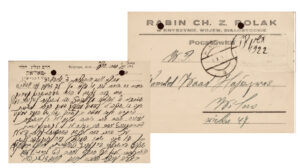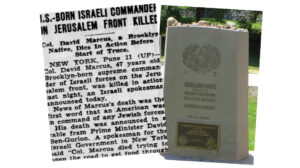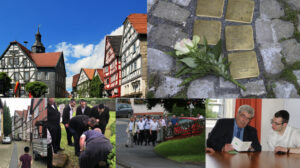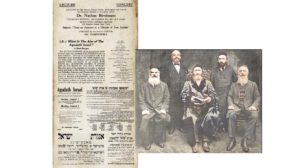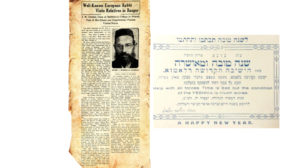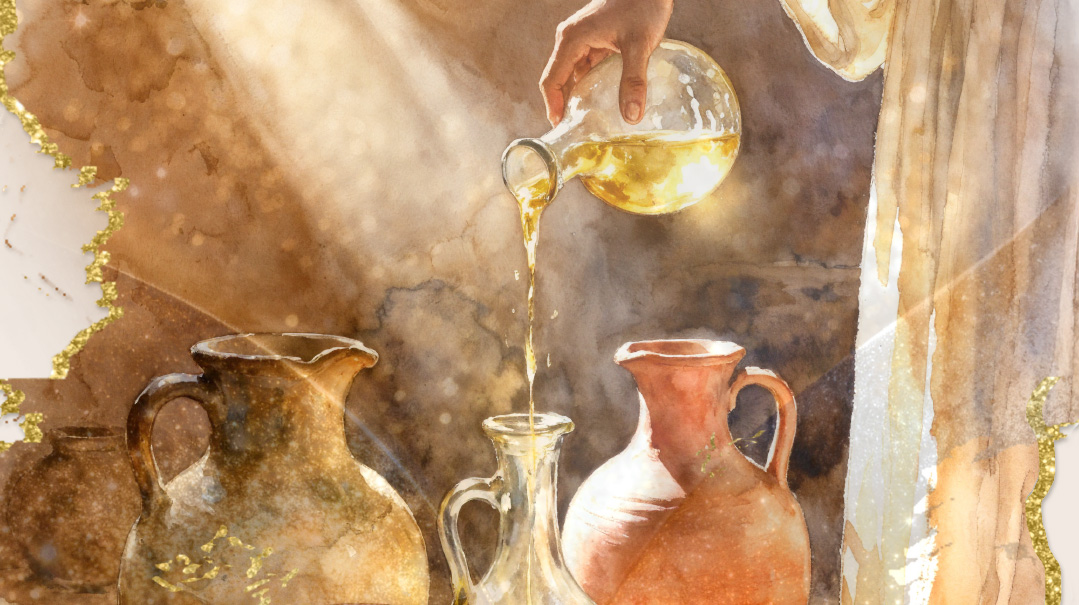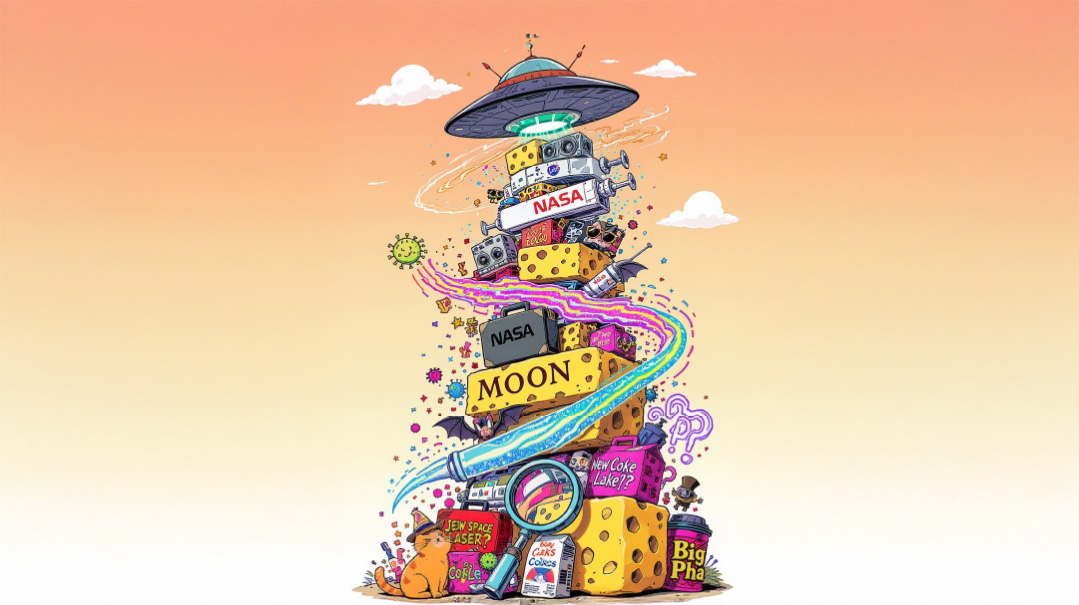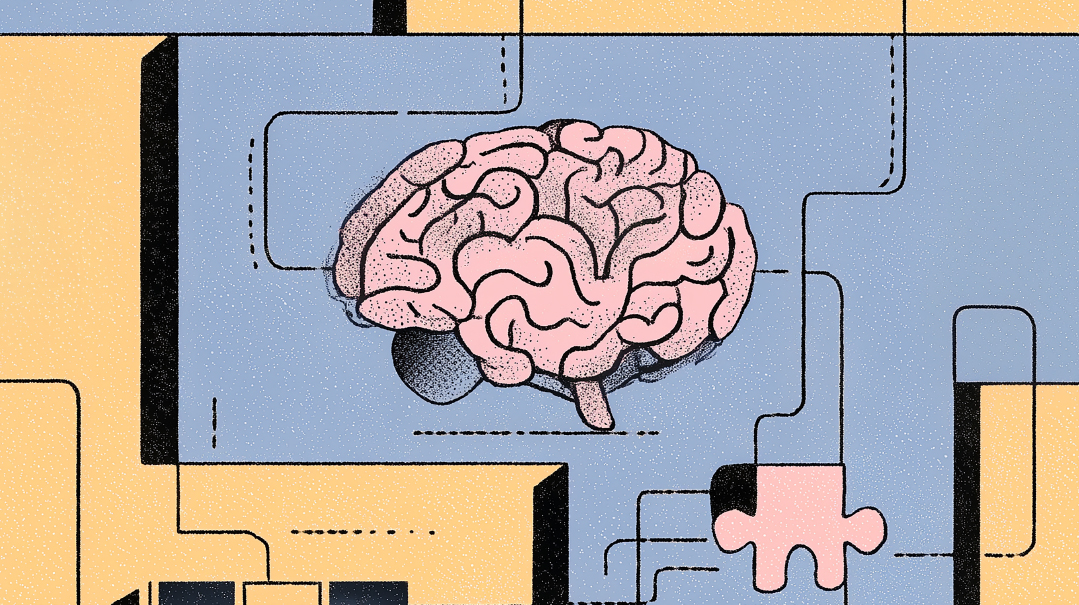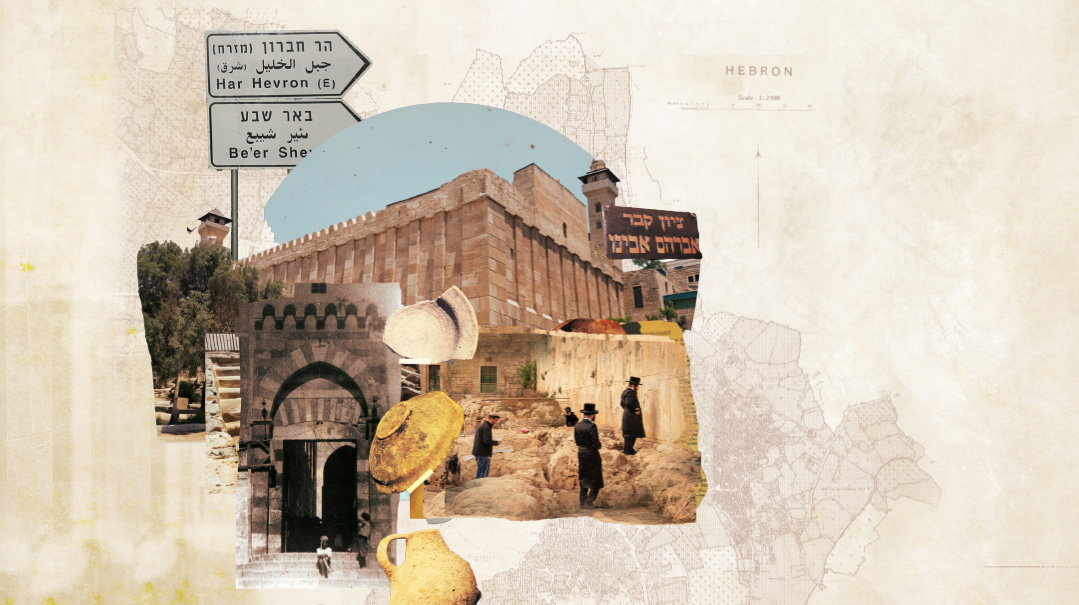Lost and Found
| September 18, 2019A stolen baby. A genetic test. A Teimani woman finds her family
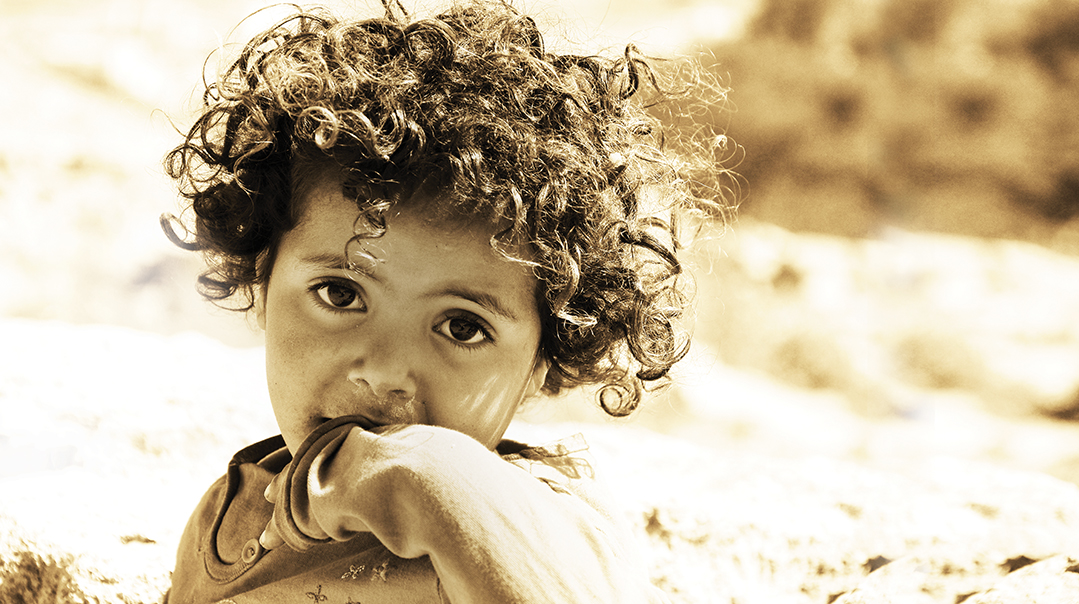
One of the ugliest stains of the history of the State of Israel is the kidnapping of hundreds of Yemenite children. Parents were told their babies died and never saw them again. Decades later, technology is allowing some of those lost children to find their way home. This is one woman’s story
November 29th, 1947.
T
he UN announce their Partition Plan, authorizing the creation of separate Arab and Jewish states in Eretz Yisrael. The Middle East becomes tense, and in cities throughout the Arab world, mobs attack the Jewish quarters.
In Aden, Yemen, in response to the threat of riots, many Jews gather in the Hashad refugee camp, which would later be nicknamed “Geulah.” The ground under their feet is shaky, and they realize their best option is to make aliyah.
But the Egyptians have blocked the Suez Canal to Israeli boats. The only way to reach the Holy Land is via air. A small American airline named “Alaska” is hired by Joint Distribution Committee representatives to transport most of Yemenite Jewry. The name of the project: Operation Eagle’s Wings or Operation Magic Carpet, in reference to the pasuk in Shemos, “And I will carry you on the wings of eagles.”
The Yemenite Jews flock onto the planes, their eyes wide with wonder at the sight of the metal birds and the unfamiliar wonders of technology. The planes take off from Asmara, take on passengers in Aden, and after an eight-hour trip along a circuitous route, land at the airport in Lod. Between 1949 and 1956 about 50,000 Yemenite Jews come to Israel via this operation.
Conditions of the olim in the refugee camps, and later on in the transit camps, the ma’abarot, they are housed in after arriving in Israel, are difficult. Far more difficult is the saga of the “yaldei Teiman.” Not many will admit to the heinous crime, but hundreds of Yemenite children were removed from their parents’ care by the authorities and given to families considered to be in better financial and cultural positions to raise them.
Despite the vociferous denials, more and more solid evidence points to the truth of these accusations. Here’s the story of two sisters raised worlds apart. Meet Ofra Mazor and Varda Fuchs.
Ofra
My father was born in Israel; my mother moved there from Yemen when she was three. They got married about 70 years ago and settled in Tel Aviv. They had a good life, until my mother gave birth to her first child, a little girl named Varda.
Shortly after she was born, Varda was taken to the nursery, while my mother was transferred to the maternity ward to recover.
The next day, when my mother went to the nursery and asked for her baby, the nurses told her coldly, “She died, giveret. Your baby died during the night.”
“How did she die?” my mother screamed. “Just yesterday, everything was fine! She was perfectly healthy! It can’t be! You’re lying!”
Over the years, my mother claimed that even after the bizarre and draconian notification of Varda’s death, she saw her at the other end of the room. But she was just one small woman, so weak in comparison to the callous establishment. There was nothing she could do.
My mother left the hospital, distraught, to fetch my father to come help her.
“We’ve come to search for our daughter!” my father declared determinedly. “We want our baby who was born yesterday!”
The nurse looked at him angrily and said in a quiet and dangerous tone, “Get out of here. If you had a baby, she’s dead.”
That’s all. My parents turned around and left feeling torturously helpless. They had no choice other than to carry on with their lives as if nothing happened, as if they didn’t have a day-old baby who they didn’t believe had actually died.
The years passed quickly, and we children were born one after the other. We moved to a moshav. We always knew we had a sister who was declared dead, but no one knew what had actually happened to her.
Over 30 years ago, I decided to help my mother in her search for more information. I went to the hospital archives, armed with the exact year and month that Varda was born. I searched for the name “Esther Harzi,” my mother’s sister, the name for some reason my mother had used when she went to the hospital.
I searched, and believe it or not, I found listed, black on white, the name “Esther Harzi.” And then something caught my eye: a thin line penciled through the name I’d worked so hard to find.
I turned to the archives clerk and told him the entire story.
The clerk shook his head. “You won’t be able to find any information,” he said. “Do you see the line through your mother’s name? That line means that the information is confidential. You can’t go anywhere from here. There’s no way of finding out what happened.”
I remained silent and left. What else could I do?
I went back to my mother agitated, and deeply disappointed. I didn’t find Varda for her. Life continued despite everything.
About a year ago, a rumor went around. MK Nurit Koren, who heads the Special Committee on the Disappearance of Yemenite, Eastern, and Balkan Children, was hosting a conference in Rosh HaAyin.
“At the conference,” people whispered excitedly, “they’ll offer free DNA testing for families whose relatives disappeared, and for people who think they are really Yemenite children who were adopted by other families.”
I attended. I took the test, though I was skeptical. I could be tested, but who’s to say that if Varda was alive, she’d also put her information into the database? But I had nothing to lose.
About a month later, my phone rang. The voice of the man on the other end of the line trembled with excitement.
“We have to redo the test,” he said cautiously, “but it’s possible that we’ve found your sister.”
Varda
I was a dark-skinned girl growing up in a fair-skinned household. My parents were Holocaust survivors, and they suffered from intense anxiety. They weren’t bad parents — not at all — but my childhood was by no means easy.
From the time I was a young girl, the neighborhood children told me I was adopted. “You don’t look like your parents at all!” they said. “It can’t be that they’re your mother and father!”
Every time that happened, I went home and demanded answers from my parents. “Am I adopted?” I’d ask them, and they’d deny it. They thought that such sensitive information would be too difficult for a young girl; therefore, they hid the truth. But I always felt my life was built on lies.
When I was six years old, I decided to go out to the street and look for my mother. The police officers who found me asked what I was doing, and I informed them without hesitation, “I’m searching for my mother!”
Years passed, and then, when I turned ten, I once again confronted my mother and asked to hear the truth. This time, my mother didn’t deny it. She told me, “Yes, Varda, you’re adopted. We don’t know who your biological parents are. We got you from a WIZO residence, when you were a sweet six-month-old. All I can tell you is that you’re Yemenite.”
I began searching for my biological family, but the tools at my disposal were very limited. I went to the Sheirut L’maan Hayeled on Moses Street and asked for documents. They didn’t find anything.
Shortly after that, I heard I might be able to find files in the archives on Dafna Street in Tel Aviv. When I arrived, I learned that a while before I got there, there was a fire, and many of the files were destroyed. I refused to back down, and I decided to search there, despite the destruction. Perhaps, by some miracle, my file wasn’t burned?
Then, when I had almost given up, I found the birth file of my adoptive parents. I opened it, excited and hopeful. It was empty. There wasn’t a single document that would tell the true story.
In the meantime, my adoptive mother was very angry. She didn’t want to lose her only daughter and was afraid that if I found my real family, I’d abandon her. But I didn’t think of leaving my mother for even one minute. All I wanted was to find my roots.
Time passed. I established a family. There was nothing more for me to do about the puzzle of where I came from. I gave up.
One day, a few months ago, my grandson called me, all excited. “Savta,” he almost screamed, “I’m just read about a new genetic database run by the start-up company MyHeritage. It’s offering people free genetic testing to check genetic matches and find family members! I’m writing to them about you, okay?”
A short while later, the company contacted me. They explained the process and I decided to take the tests.
I underwent the tests a number of times, so that the results would be as accurate and thorough as possible. I went back home and continued with my regular schedule, without getting my hopes up too much. But a month or two later, I received a call from the company.
“Varda, we found your family!” they excitedly told me.
They’d found my family! I have roots!
After 67 years, the circle was closed. I met a large, warm family, and was privileged to connect with wonderful sisters, nephews, nieces, and cousins.
Lost Time
Varda will never see her biological parents. They watched the unfolding drama from the World of Truth, never having had the opportunity to embrace their first child for more than one day — the day of her birth.
Says Ofra, “Just last week, I was sitting and talking to my neighbor. I told her Varda’s story, and she said, ‘Maybe my mother knows something about this story? She knew your mother. It would be interesting to ask her.’
“Several minutes later, my neighbor’s mother came to visit. I approached her and asked, ‘Did you know that I had a sister who disappeared?’
“My neighbor’s mother sighed and answered, ‘Of course, Ofra. Your mother and I would walk through the streets together looking for her in every possible place. We looked for familiar features on every woman who passed by. Your mother never forgot the daughter who was stolen from her!’ ”
Today, Varda tries to focus on the good. “It was so moving to meet everyone. I discovered a niece, Ofra’s daughter, who looks exactly like I did at that age. My sister Ofra and I even have the same finger structure. Our personalities are also very similar….”
“When we met, I immediately noticed similarities between Varda and myself,” says Ofra. “I see my daughter in her.” Ofra fights back tears as she continues. “You know what a loss this is? I lost a lifetime with an incredible sister, with my nieces and nephews. And my mother and father never got to meet her and see her as an adult.”
After the moving story of the two sisters became well known, many people called the reunited family and told them about other children who disappeared under mysterious circumstances. Israeli society began to realize the scope of the phenomenon and the tremendous crime perpetrated against Yemenite Jewry.
“We also had two younger sisters, Yemima and Batsheva, and we have no idea where they are today. They just told us that they were sick, and they took them,” Ofra’s aunt — her mother’s sister — shared with her.
Another cousin related: “My mother was holding my little brother in her arms, and another brother was standing next to her. People came, and using various excuses, just took the children out of her arms. We never heard from them again.”
Ofra found her sister, but hundreds of families are still waiting for their happy ending.
Making Matches
After hearing Ofra and Varda’s story, we asked Roi Mandel, chief researcher for MyHeritage, founded by Gilad Japhet, to hear the story behind the start-up.
The company built a technological platform for building family trees and cross-checking genealogical information from all over the world. The platform currently has over 90 million users, who built more than 40 million family trees. In addition, the company has over 9 billion historical records from digitized archives that were entered into the database.
“Anyone who builds a family tree and enters information into our system receives cross-reference information in light of existing data and historical records,” Roi explains. “If any match is found between him and another user, he’s notified.
“This enables people to discover relatives in Israel and around the world and learn about their family’s roots. It’s important to note that it’s recommended to integrate DNA tests alongside the genealogical and research information, in order to complete the family picture. The DNA enables one to know what his ethnic roots are, and according to his sequences, it’s possible to integrate information and find relatives with a genetic sequence characteristic of close family members.
“The project for the yaldei Teiman is part of a program of pro bono projects for the community. Everyone knows that the yaldei Teiman affair is an open wound in Israeli society. The idea of a sample database came from a company employee, and the CEO decided to make use of the entire company’s resources to benefit the project.”
It was decided to establish the genetic database of DNA samples, and within this framework the company tests anyone they think might be connected to that affair — whether an adopted child or a relative — at no cost.
In collaboration with MK Nurit Koren, who represents the Yemenite community, the company advertised the project in Israel, and hundreds of people came to the company’s offices to be tested.
“We sat, listened to theories, documented stories, and built family trees,” says Roi. “Today, the database includes over 1,200 samples with the highest level of security, and we’ve already connected quite a few relatives.
“We are telling anyone who thinks he might be connected to the yaldei Teiman: You’re invited to come as soon as possible to be tested for free. If we find genetic matches, we’ll inform you at once.”
Genetic Databases:Utopia or Catastrophe?
There are many calls going out encouraging the establishment of nationwide and even worldwide genetic databases to provide solutions to various issues. But there are opponents who warn of the catastrophic results this could have on individuals.
The benefits of such databases are substantial. There’s the potential to drastically crack down on crime. Every criminal would automatically be identified by a simple cross check, would be caught, and punished.
In addition, such databases are vital for medical research; scientists use them all the time to help them discover new methods to diagnose diseases and develop new treatments.
Even the ordinary citizen can benefit from a wide range of reliable information about his family and roots. He can discover lost relatives, learn about his genealogy, and connect to his roots.
But there are serious drawbacks as well.
First, try to imagine the breach of privacy likely to result from information being leaked. Suddenly, some outsider will know more about you than you know about yourself. Perhaps an insurance company will refuse to insure you because your DNA samples tell of a possible disease, because somehow the information made its way to them.
In addition, critical mistakes are liable to happen. Think about the innocent bystander who accidentally ends up at the scene of a crime. What will happen to him when his DNA is found there, connecting him to the crime through no fault of his own?
If you do choose to join a genetic database, thoroughly check that the database is secure, that your information is being saved only there, and that it’s only being used in the way you wish.
(Originally featured in Family First, Issue 660)
Oops! We could not locate your form.

